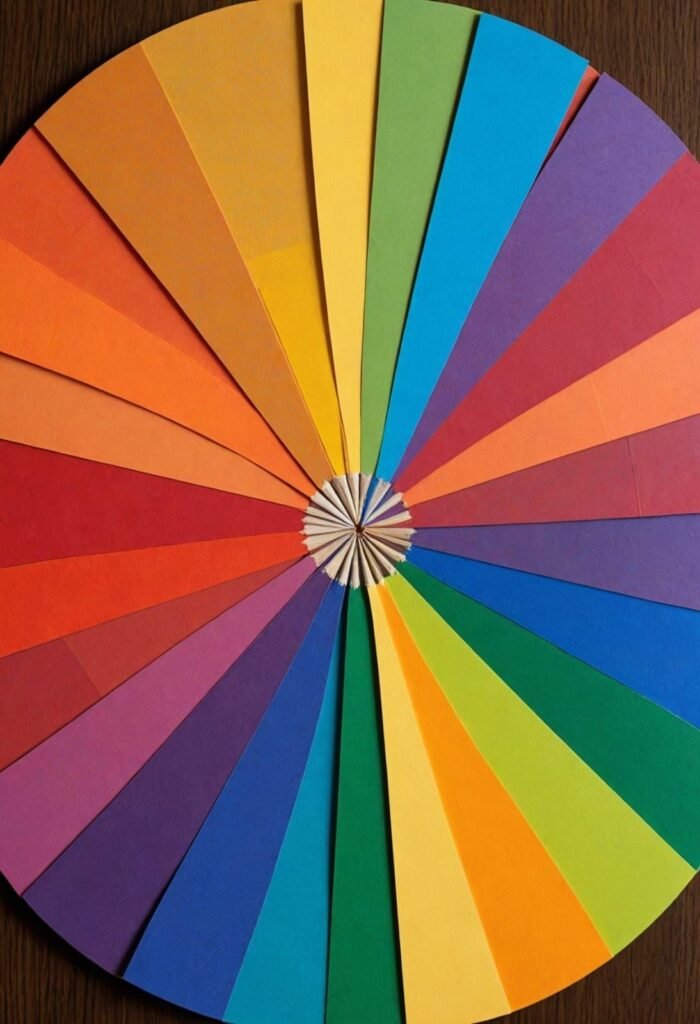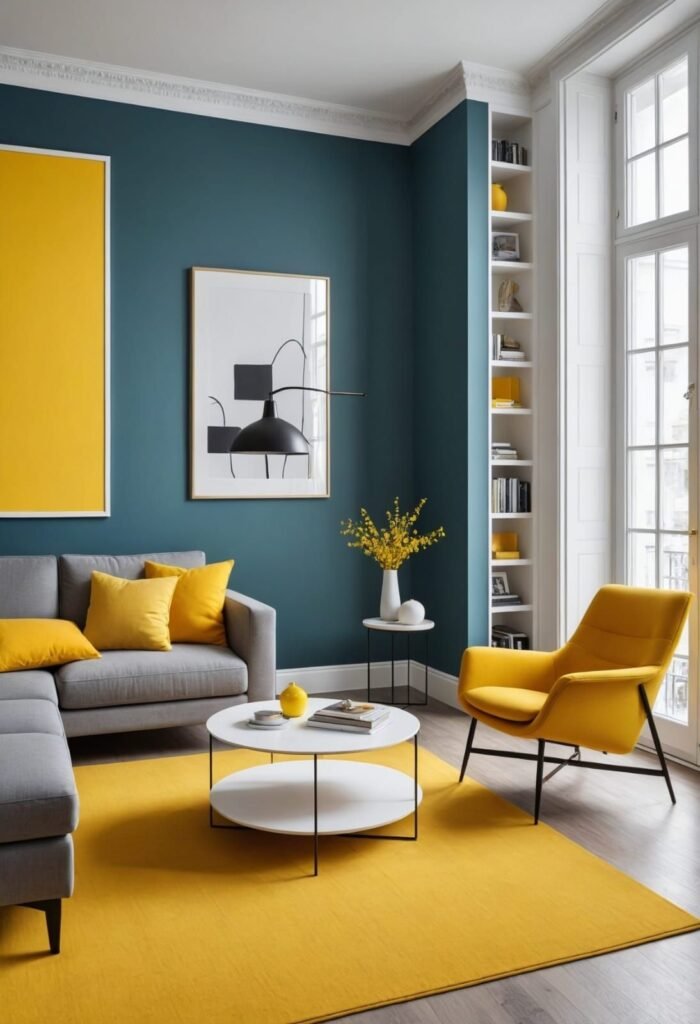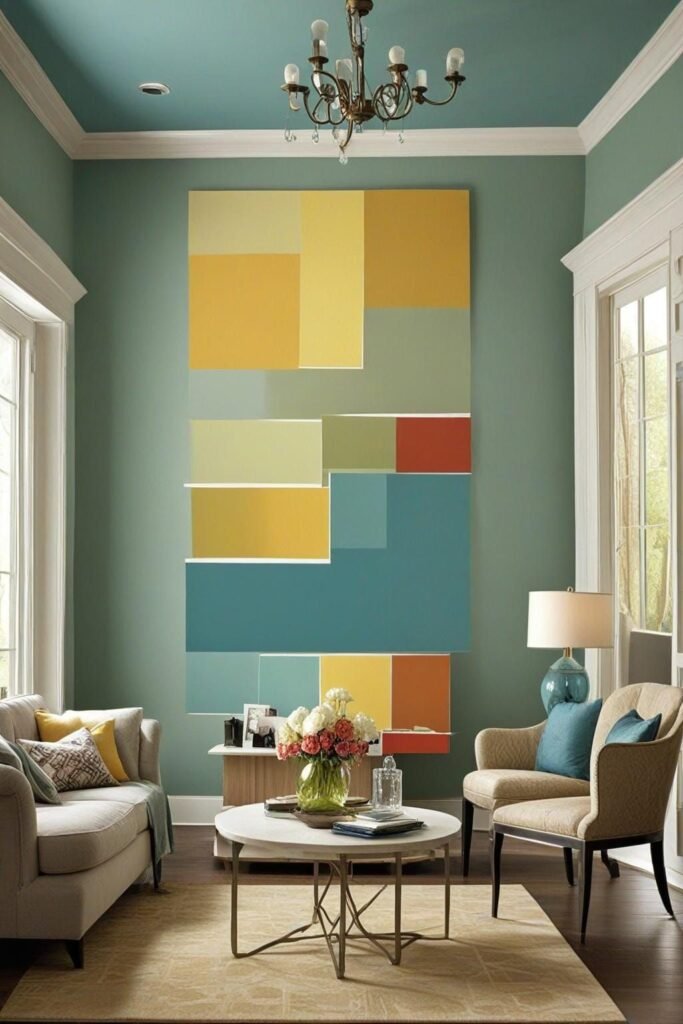Incorporate colors harmoniously into the interior decoration of the home
Choosing and coordinating colors harmoniously is one of the most important elements in designing a home’s interior decoration. Colors have a significant impact on the psychological state and mood of people, and they also play an important role in creating a certain atmosphere inside the rooms. Therefore, understanding how to harmoniously integrate colors into interior decoration is an essential skill for everyone who wants to design an attractive and comfortable home. In this article, we will review seven important points on how to achieve color harmony in home décor.
1. Understanding the color wheel
The color wheel is an essential tool in understanding the relationships between different colors. It helps us choose harmonious color combinations easily. The color wheel consists of primary colors (red, blue, and yellow), secondary colors (orange, green, and purple), and tertiary colors. By understanding these relationships, we can choose complementary or harmonious colors to achieve the desired balance in the decor.


Lighting plays an important role in how colors appear in a room. Natural light can change the appearance of colors throughout the day, while artificial lighting affects color temperature. So, it’s important to test color samples at different times of the day and under different types of lighting before making a final decision.

Neutral colors such as white, gray and beige provide a calm background to build upon. These colors allow for bolder touches of color without creating visual clutter. They also help create a sense of spaciousness and calm in the room.

Using different shades of the same color can create an elegant and coordinated look. For example, different shades of blue can be used in the bedroom to create a calm and relaxing atmosphere. This approach ensures color harmony while adding depth and liveliness to the design

To balance a room with bold colors, you can add neutral elements such as white rugs or beige curtains. These elements help calm the overall appearance and prevent visual fatigue.

When choosing colors for the entire home, it’s important to consider how colors will transition from room to room. This can be achieved by using a uniform color throughout the house while changing its shades, or choosing complementary colors for adjacent rooms.
Harmoniously integrating colors into home interior decoration is both an art and a science. It requires an understanding of color theory and an artistic sense to achieve the desired balance. By following the above seven points, you can create an attractive and comfortable living space that reflects your personality and lifestyle.
When you start choosing colors for your home, start by determining the atmosphere you want to create in each room. Do you want a quiet and comfortable bedroom? Or a living room full of life and energy? Once you define a goal, you can start choosing colors that achieve that goal.
Remember that experience is the best teacher. Feel free to try different color combinations on paper or with interior design applications before applying them to your walls. And if you’re unsure, it doesn’t hurt to consult a professional interior designer for advice tailored to your space.
Ultimately, the goal is to create a living space where you feel comfortable and happy. Well-coordinated colors can transform your ordinary home into a relaxing haven that reflects your personality and provides you with comfort and inspiration every day.
